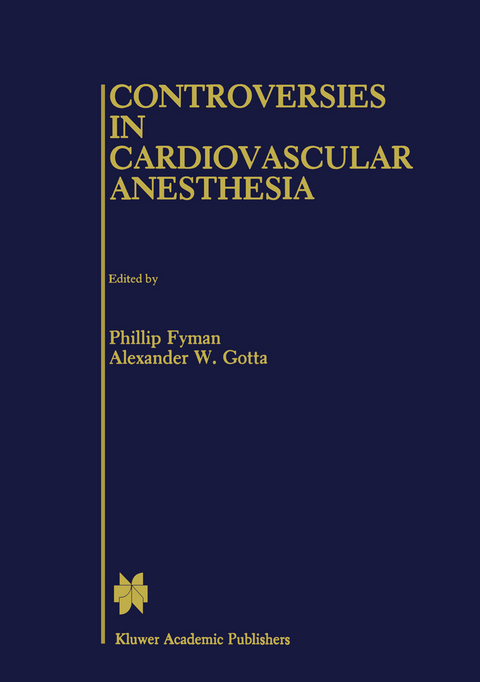
Controversies in Cardiovascular Anesthesia
Kluwer Academic Publishers (Verlag)
978-0-89838-985-2 (ISBN)
1. An inhalation anesthetic technique is preferable for patients undergoing coronary artery bypass grafting.- 2. An intravenous technique is preferable for patients undergoing coronary artery bypass grafting.- 3. Blood gas values should be corrected for body temperature during hypothermia.- 4. Blood gases should not be temperature corrected during hypothermia.- 5. High pump flows and pressure are desirable during cardiopulmonary bypass.- 6. Low pressure during cardiopulmonary bypass is preferable.- 7. Pulmonary artery catheters should be used routinely in all patients undergoing coronary artery bypass grafting.- 8. Routine insertion of pulmonary artery catheters is not necessary in all patients undergoing coronary artery bypass grafting.- 9. General anesthesia is preferable for patients undergoing carotid endarterectomy.- 10. Regional anesthesia is preferable for patients undergoing carotid endarterectomy.
| Erscheint lt. Verlag | 31.5.1988 |
|---|---|
| Zusatzinfo | XVI, 192 p. |
| Verlagsort | New York |
| Sprache | englisch |
| Maße | 155 x 235 mm |
| Themenwelt | Medizin / Pharmazie ► Medizinische Fachgebiete ► Anästhesie |
| Medizinische Fachgebiete ► Innere Medizin ► Kardiologie / Angiologie | |
| ISBN-10 | 0-89838-985-2 / 0898389852 |
| ISBN-13 | 978-0-89838-985-2 / 9780898389852 |
| Zustand | Neuware |
| Haben Sie eine Frage zum Produkt? |
aus dem Bereich


